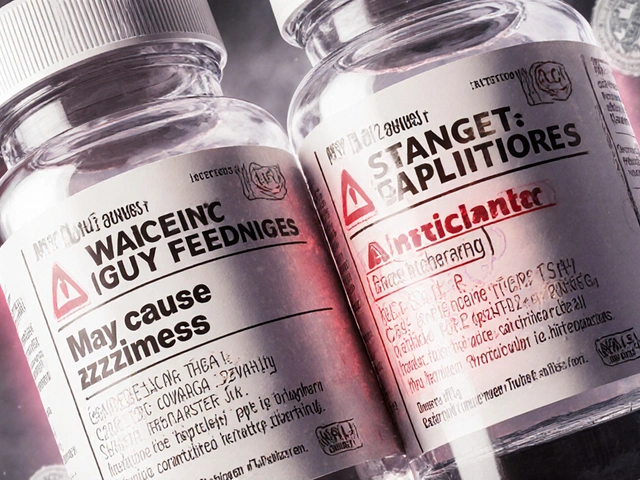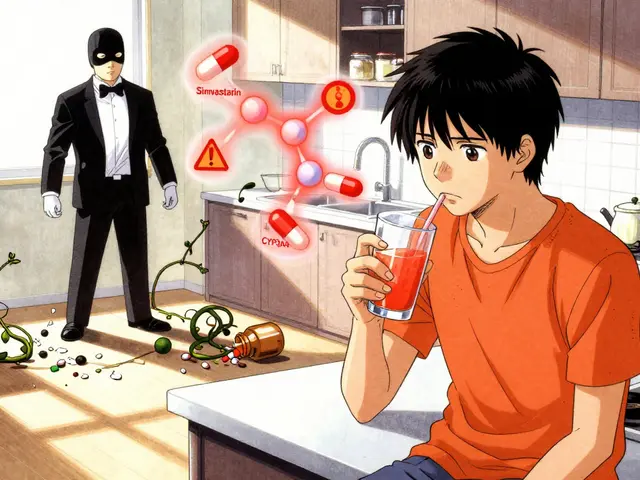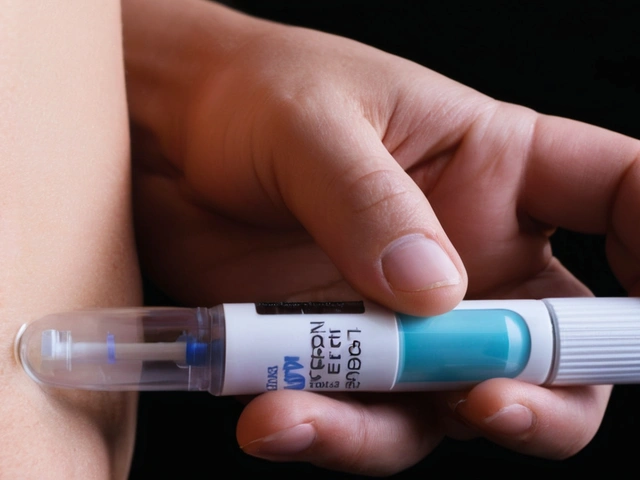Generic Drug Labeling Requirements: What the FDA Actually Mandates
November 17 2025Smoking and Bronchospasm: Why Your Lungs React
If you light up a cigarette and then feel tightness in your chest, you're experiencing bronchospasm. It’s the airway’s way of saying the smoke is irritating the lining and causing the muscles to squeeze. This reaction can happen to anyone, but it’s especially risky for people with asthma or COPD.
What Happens Inside Your Airways?
When you inhale smoke, chemicals like nicotine and tar coat the bronchial tubes. The body sees these chemicals as invaders and releases inflammatory substances. Those substances make the smooth muscle around the tubes contract, narrowing the airway. The result is wheezing, shortness of breath, and a cough that won’t quit.
Spotting the Signs Early
Bronchospasm doesn’t always look the same. Some people feel a mild tightness that disappears after a few minutes. Others get a harsh cough that makes it hard to finish a sentence. If you notice any of these after smoking, it’s a warning sign that your lungs are under stress. Keep a log of when symptoms appear, how long they last, and what you were doing. That information helps your doctor decide the best treatment.
Even a single cigarette can trigger a spasm in sensitive lungs. Regular smokers often develop a tolerance, but the underlying damage keeps growing. Over time, the airway becomes less flexible, making future attacks more severe and harder to reverse.
Quitting smoking is the most powerful step you can take. The body starts healing within days, and the frequency of bronchospasm episodes drops dramatically. If you find it tough to stop, talk to a pharmacist about nicotine replacement or prescription aids. Support groups and mobile apps also make the process less lonely.
While you’re cutting back, use quick‑relief inhalers if you have a prescription. These bronchodilators open the airways fast, easing the spasm. Remember, they relieve symptoms but don’t treat the root cause—smoke exposure.
In addition to quitting, protect your lungs by avoiding secondhand smoke, dusty environments, and strong odors. Keep your home well‑ventilated, use air purifiers, and stay hydrated. A glass of water can thin mucus, making it easier to clear the airway.
If you’re already diagnosed with asthma or COPD, follow your doctor’s plan closely. Regular check‑ups, proper inhaler technique, and a personalized action plan can prevent emergencies. Knowing when to use a rescue inhaler versus a maintenance inhaler makes a big difference.
Bottom line: smoking directly irritates the bronchi and triggers bronchospasm. The good news is that stopping smoking reduces these episodes and lets your lungs recover. Take small steps, lean on medical help, and track your symptoms. Your breathing will thank you.
 23 Sep
23 Sep
How Smoking Triggers Bronchospasm: Causes, Risks, and Management
Explore how smoking leads to bronchospasm, its impact on asthma and COPD, risk factors, diagnosis, and practical steps to prevent and treat airway narrowing.
Read More...




